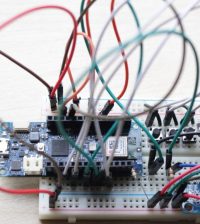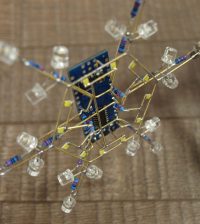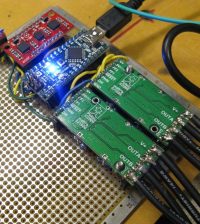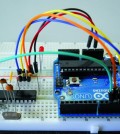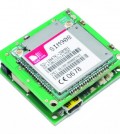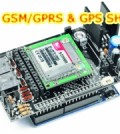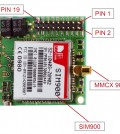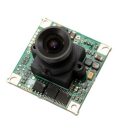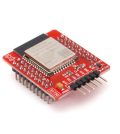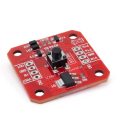- makeITcircular 2024 content launched – Part of Maker Faire Rome 2024Posted 1 month ago
- Application For Maker Faire Rome 2024: Deadline June 20thPosted 3 months ago
- Building a 3D Digital Clock with ArduinoPosted 8 months ago
- Creating a controller for Minecraft with realistic body movements using ArduinoPosted 8 months ago
- Snowflake with ArduinoPosted 9 months ago
- Holographic Christmas TreePosted 9 months ago
- Segstick: Build Your Own Self-Balancing Vehicle in Just 2 Days with ArduinoPosted 9 months ago
- ZSWatch: An Open-Source Smartwatch Project Based on the Zephyr Operating SystemPosted 10 months ago
- What is IoT and which devices to usePosted 10 months ago
- Maker Faire Rome Unveils Thrilling “Padel Smash Future” Pavilion for Sports EnthusiastsPosted 11 months ago
Extremely Sensitive Cheap Homemade Seismometer
The seismometer is a device for detecting earthquakes and measuring their strength. Generally these are very accurate tools and are relatively difficult to build at home. Commercially available sensors are often expensive, and inexpensive shock-sensitive electronic modules are not accurate enough for this purpose.
In this project we will see how to create a cheap and relatively easy DIY device, but comparable to expensive commercial devices of this type.
The seismometer consists of two parts, a mechanical tremor detector and an electronic part that transforms these tremors into electrical signals (we use a permanent magnet as a moving part and a solenoid with many windings to transform the movements of the magnet into electrical signals), then amplifies (via an amplifier for example TL061) and converts them into digital signals (we use an Arduino Nano for this purpose) which we can visually monitor on the software on the PC.



